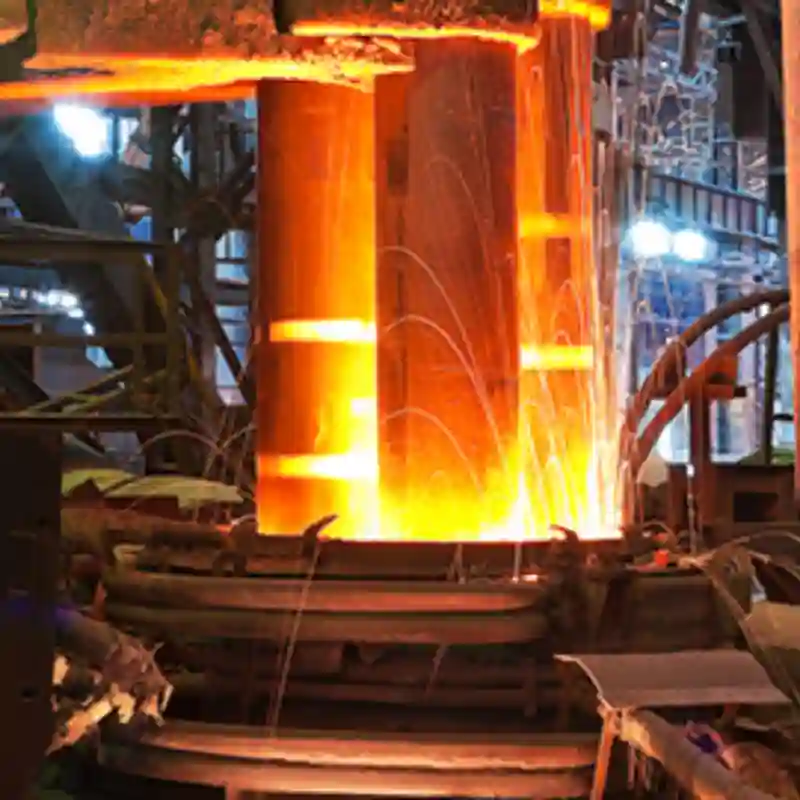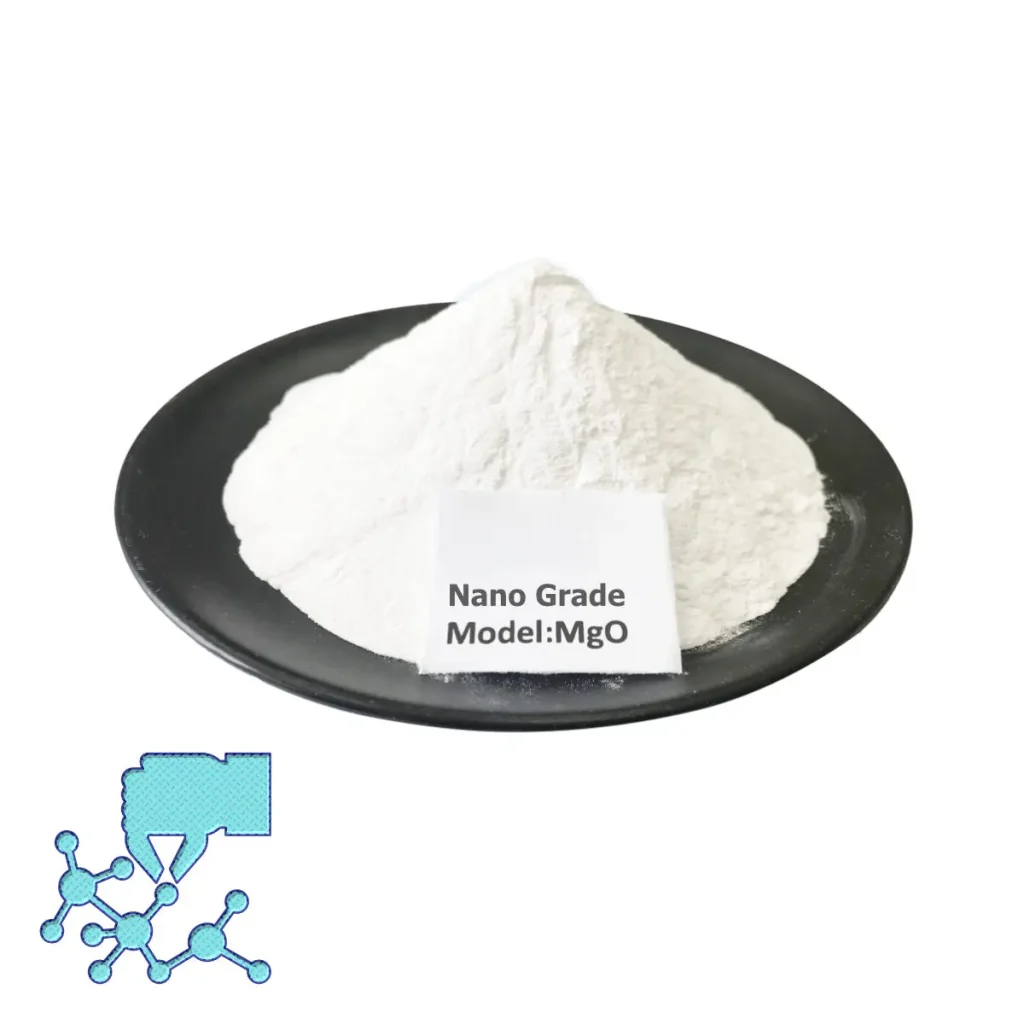Hebei Messi Biology Co., Ltd. stated that magnesium oxide is used in adsorption, catalysis, optical materials, electrode materials, antibacterial materials and chromatographic separation due to its non-toxic, large specific surface area, alkaline surface and rich active sites. plays an important role. In addition, due to its unique bandgap (7.8eV), heat resistance, insulation and heat conduction properties, this material has been widely used in the metallurgical industry, refractory materials and as a strengthening agent for various composite materials.
The morphology of magnesium oxide is closely related to its performance. Therefore, the synthesis of magnesium oxide with unique morphology is of great significance to its application development. Although many methods have been developed to prepare magnesium oxide with various morphologies, the resulting materials still cannot fully meet the needs of adsorption and catalysis. In order to improve this shortcoming, this paper will use a simple and low-cost co-precipitation method to prepare magnesium oxide materials with controllable morphology, uniform particle size and superior performance, and systematically explore the performance and morphology of magnesium oxide the mutual relationship between them.
Magnesium oxide has the same crystal structure as sodium chloride and is a strong ionic bond compound. The electrostatic binding effect makes a single ion in the magnesium oxide crystal lattice surrounded by multiple ions with opposite charges as much as possible, so it is also considered an inert oxide. Although the coordination of atoms on the surface, edges and corners of nano magnesium oxide is low, it provides a high density of active sites and is often used as a heterogeneous catalyst. In addition to its catalytic properties, magnesium oxide also shows excellent performance in adsorption due to its small particle size, large specific surface area, and non-toxicity. However, the adsorption activity of magnesium oxide is not only related to its relatively high specific surface area. It also depends on the number of Lewis acid and base active sites per unit area that promote the adsorption process.
Hebei Messi Biology Co., Ltd. said the dielectric properties of magnesium oxide make it suitable for the production of insulating materials in the electronics, ceramics and electrochemical industries. Through research on the surface properties of magnesium oxide, it was found that nanomagnesium oxide has high electrochemical activity due to its small crystal size, large surface area, many grain boundaries and the presence of surface structural defects. Due to its good thermal conductivity, magnesium oxide is often used in the production of resistors, heating elements and refractory materials, such as bricks, furnace linings and crucibles. With the development of science and technology, magnesium oxide’s valuable properties such as mechanical strength, non-toxicity and antibacterial activity have gradually attracted people’s attention. For example, magnesium oxide can be used as a filler in coatings, lacquerware and cement by utilizing its mechanical strength properties; In the pharmaceutical industry, its non-toxicity has prompted it to be used as an acid neutralizer to treat gastric acid and gastric ulcers on the one hand, and on the other hand, it is also used to treat elemental deficiencies in the body or become a source of magnesium ions required in pharmaceutical excipient ingredients.


